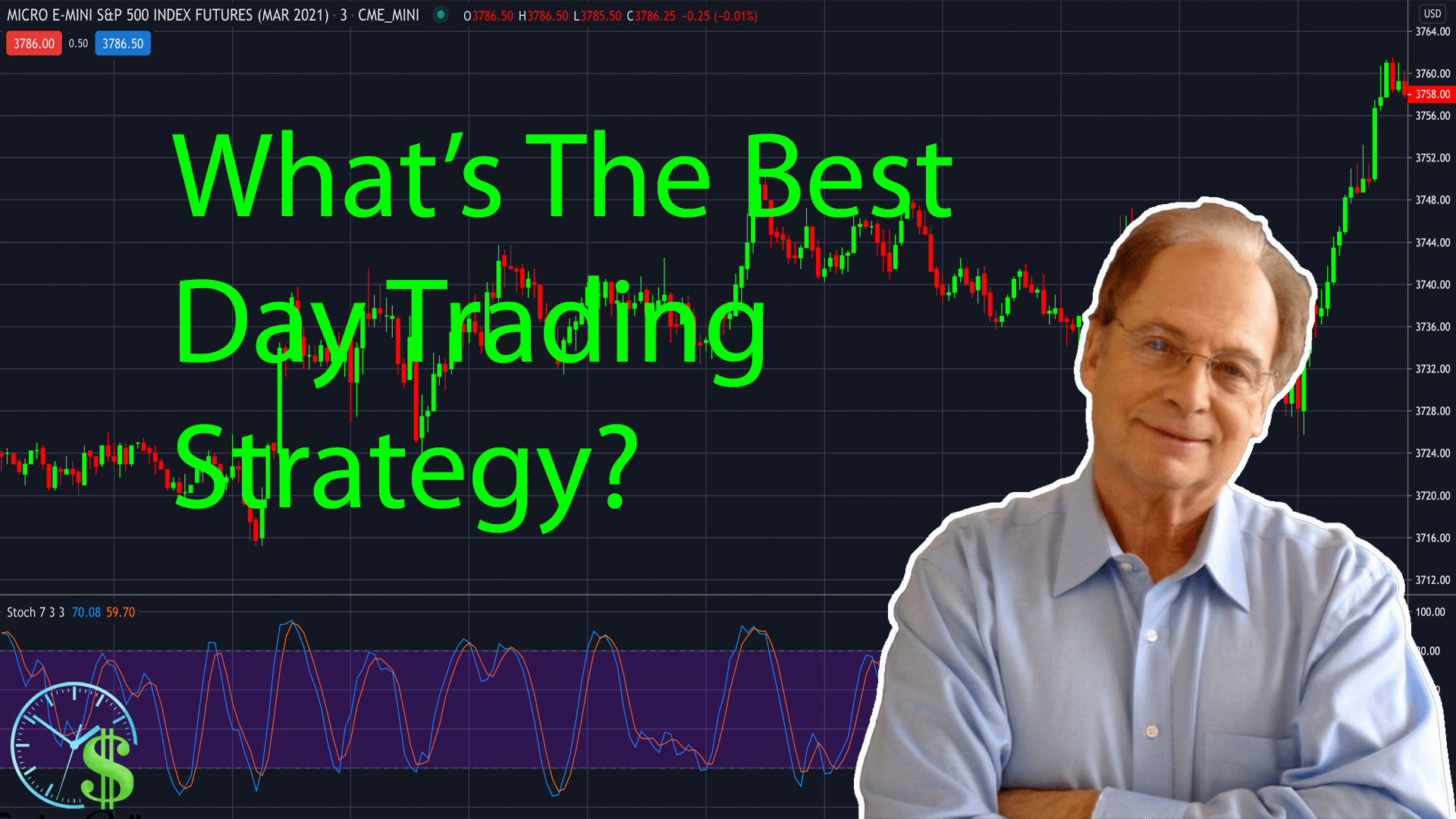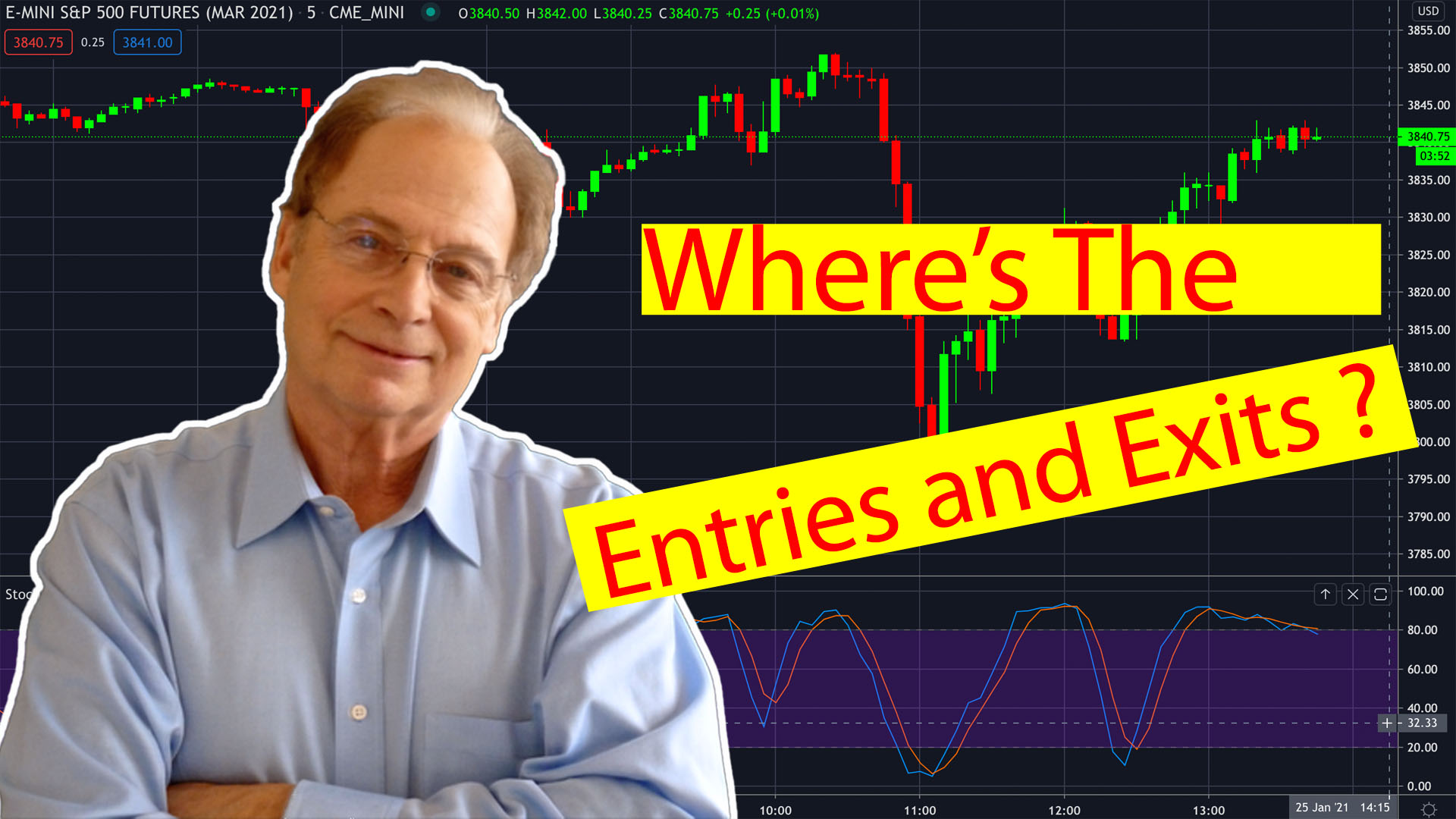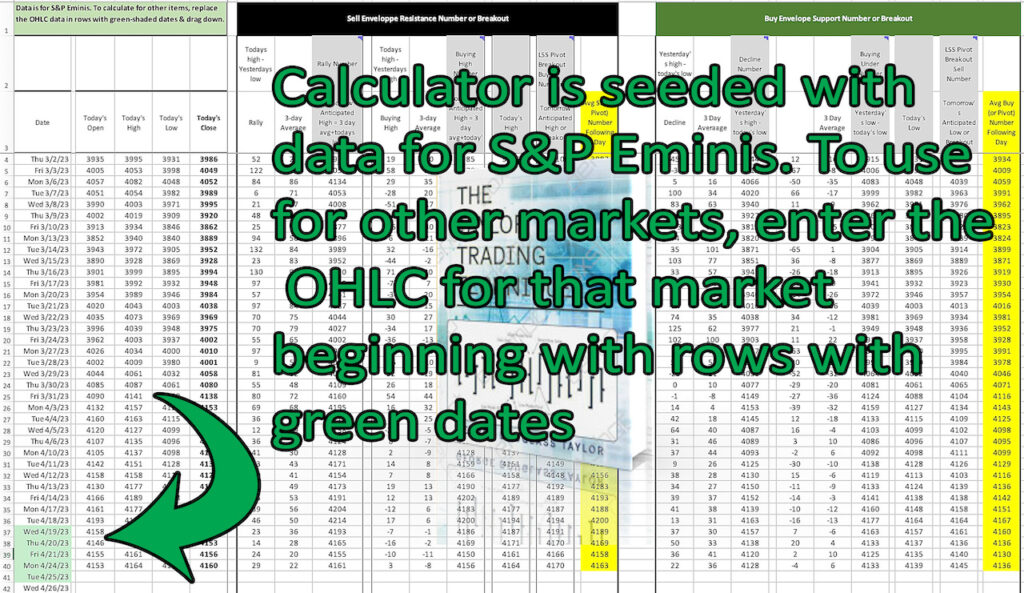How To Create
The Best Day Trading Strategy
Every day trader should have the one best day trading strategy they can draw upon according to market and personal circumstances. In this article, we’ll discuss various day trading strategies, what they consist of, and how to create them.
An Introduction
People interested in day trading often ask “What is the best day trading strategy?”. All day traders need a strategy when they trade. A trading strategy enforces discipline. Without a strategy, traders may act impulsively and impulsive trading leads to mistakes and mistakes lead to losses.
Day Trading Essentials
All day traders – beginners to experts – need to apply strategies to their trades
Importance
High

The Best Day Trading Strategy
The ultimate goal of day trading is to make money of course and for many, novice traders especially, their strategy is to simply make a profit. But that is not a trading strategy, it is a trading goal. The reason having a day trading strategy is important is to enforce two cardinal trading objectives: (1) don’t lose money and (2) make a profit.
Therefore, the reason for having a day trading strategy is to ensure these two trading objectives are achieved. Unlike beginners, however, most experienced traders will say that there is only one objective and that is the first one: don’t lose money. Most experienced traders adopt a strategy that prioritizes this objective.

Day Trading Strategy Basics
There are many trading strategies that traders can adopt, but there is no single trading strategy that’s suitable for every trader. Some traders are more aggressive than others and so a conservative trading strategy will not suit them. The size of the trading account is another factor in determining a trading strategy.
Traders with small trading accounts would be foolish to adopt a similar strategy as those with greater assets. Psychology also plays a significant role in trading. Trading elicits nervous energy in most traders, and with so many factors at play when trading, what should a day trader consider when adopting a trading strategy?
Are trading strategies only for beginners? Certainly not. Novices and experts need them as well and even seniors who day trade need to trade strategically.
Components For Creating A Day Trading Strategy
- Price Action
- Indicators
- Low-Risk Entries/Exits
- The Trend
- Psychology
- Risk Management
- Money Management
- Time of Day
Having now listed the components that determine a trading strategy, we can now explore each one to look at how a day trader can use them to formulate the best day trading strategy.

Creating The Best Day Trading Strategy For You
A Day Trading Strategy Combines:
PRICE ACTION
Price action is a major consideration when planning a trade. The best strategy should always take into consideration price action as determined by momentum, support and resistance areas, as well as volatility. Day traders should observe the movement of prices over time to be able to formulate a strategy that takes these factors into account. When a trader can determine a pattern, a trading strategy can be applied to that pattern.
“Day traders should observe the movement of prices, momentum, support, resistance, and volatility to formulate a strategy.”
INDICATORS
Technical indicators are chart analysis tools that can help traders better understand and act on price movement. There is a huge range of technical analysis tools available that analyze trends, provide price averages, measure volatility and more.
Indicators often provide insight to identify trading opportunities. For example, a trend line can determine the limit of a price movement. However, every day trader should understand that almost all indicators are based on hindsight, and so can be unreliable in determining future price direction.
There is one indicator that is often more reliable than others in determining where prices may be reversing, and that is stochastics. That is why my day trading course, Trading Mastery For Financial Freedom, recommends only stochastics as an indicator to identify areas where a trend, even one of short duration, may reverse and change direction, which creates a trading opportunity.
LOW RISK ENTRIES AND EXITS
Often a day trader has a high degree of confidence that prices will move in a certain direction and so will place a trade. Because of his/her high confidence level, the trader considers the entry to be one having low-risk. If prices move in the opposite direction, the trader exits quickly, thus minimizing the loss. The importance of finding a low-risk entry cannot be understated because it supports the cardinal rule of trading of “don’t lose money”, or at least, minimize trading losses.
Low-risk exits are far less important, but the best day trading strategy should observe the concept. The reason for implementing low-risk exits in a day trading strategy is to exit a trade after a profit has been achieved and prices stall. A day trading strategy the incorporates low-risk exits prevent greed from turning a profitable trade to a loss.

THE TREND
“The trend is your friend” is a well-known phrase. Trends easily manifest themselves and day traders are well-advised to apply a strategy to trade in the direction of a trend.
A cautionary comment is warranted: trends will result in overbought or oversold stochastics, and a beginner who uses a strategy with a high reliance on stochastics indicating a reversal may base a trade on the stochastics instead of the trend. That would be a mistake. This is covered in my day trading course.
PSYCHOLOGY
Psychological factors weigh heavily among day traders. When money is on the line, nervous energy is at play. The psychological component as relates to a day trading strategy can fill an entire bookshelf. Some traders are more affected by their psychology as pertains to trading than others, as everyone is unique.
In fact, psychological factors can ruin a trading strategy, compelling a trader to abandon a well-considered trading strategy. All day traders should carefully consider their own personal psychology when formulating a day trading strategy and particularly when implementing it.
RISK MANAGEMENT
There is no question that trading involves risk. At its core, the success or failure of a day-trading strategy is how the strategy manages risk. All day traders should carefully understand the risk inherent in day trading and consider the level of risk they are willing to undertake when they formulate a trading strategy.
To assist in understanding trading risk and how high risk increases the likelihood of trading losses, day traders need to understand how risk factors into their trading strategy. Timelessdollar offers a free day-trading mini-course focused on minimizing risk, and how traders, especially beginners, can avoid mistakes that lead to costly trading losses.

MONEY MANAGEMENT
Money management is certainly a factor that all day traders need to include in their trading strategies. Unlike risk management, money management is far more basic. For example, consider two traders’ accounts: one valued at $5,000 and the other at $100,000. Each trader’s strategy incorporates the same risk limit of 1%.
Although each has the same risk management, the money management factor is far different, being $50 compared to $1,000. It is up to each trader as to how they weigh risk management as it compares to money management and factor that into their trading activities
TIME OF DAY
There are two recommended times of day to trade; one in the morning and again in the afternoon. From 9:30 AM ET to 11:00 AM ET is usually the best time of day to trade because that’s when the market is most liquid, especially the S&P Emini market. During noontime hours, prices may move sideways or even float up and down, making it difficult to determine areas of low-risk entries. The hours between 2:30 – 4 pm is also a good time of day to trade, as price action picks up and trends can reveal themselves.
However, very often, the character of the market differs from morning to afternoon, as seen in intraday price movement. A day trading strategy that results in profits in the morning can lead to losses in the afternoon. All day traders should have strategies that take this change of character into account.
The Best Day Trading Strategy
Day traders should use a combination of these components in varying weights when formulating a day trading strategy. Market price action usually manifests different characteristics, even on back-to-back days during stable market periods. Because the market can take on so many different profiles, day traders need to adopt to different markets with different day trading strategies. Therefore, traders should develop several to draw from.
There is no single day trading strategy that is the best day trading strategy all the time.
The best day trading strategy therefore is the one that is the best combination of factors as determined by existing market conditions. There is no one best strategy. The best day trading strategy for day traders is the one that is right at the moment.
Click here to check out my day trading course
and/or
Subscribe to my Awesome Mailing List ↓
Trade Smarter!
Contact
marveisen@timelessdollar.com
Address
Eastport, NY


